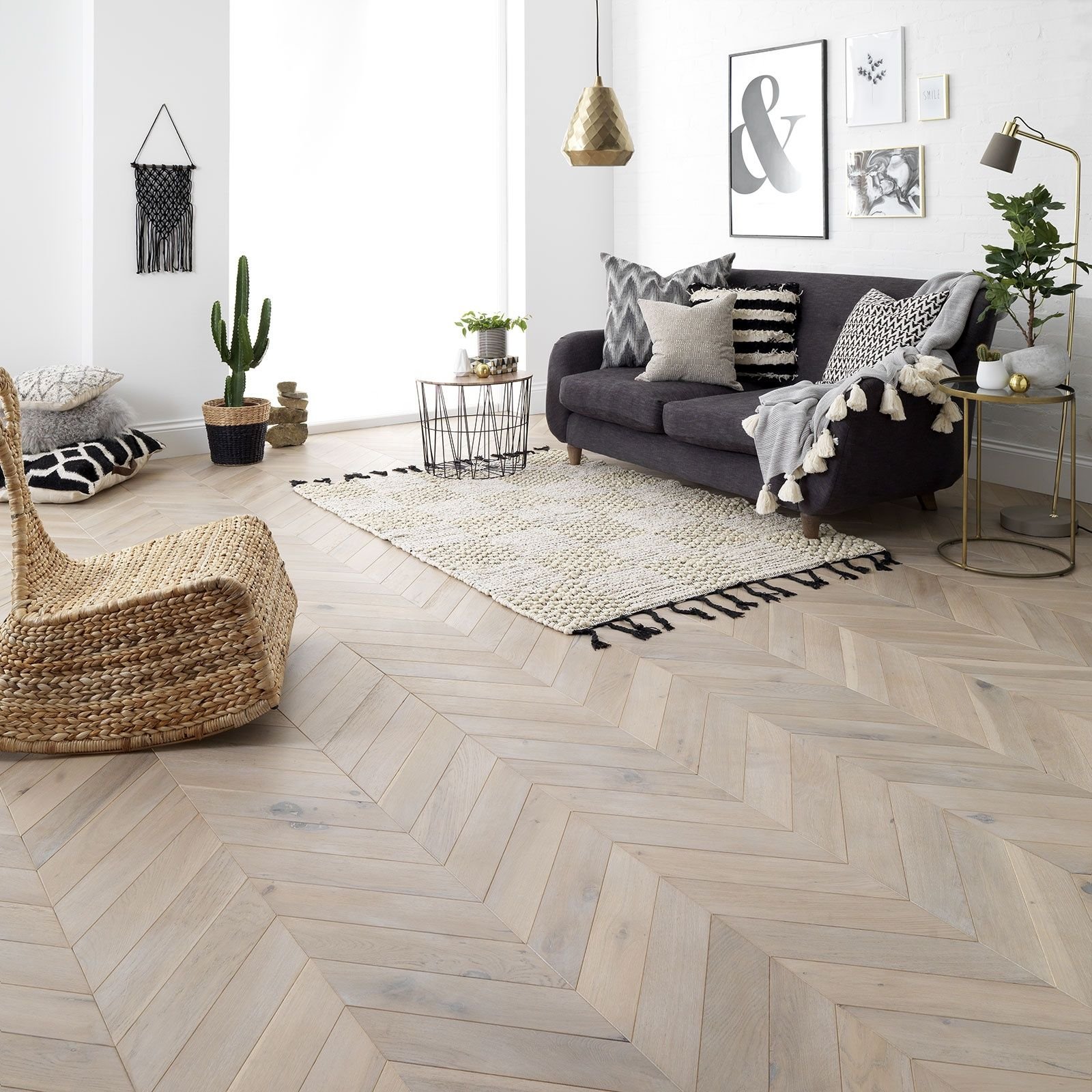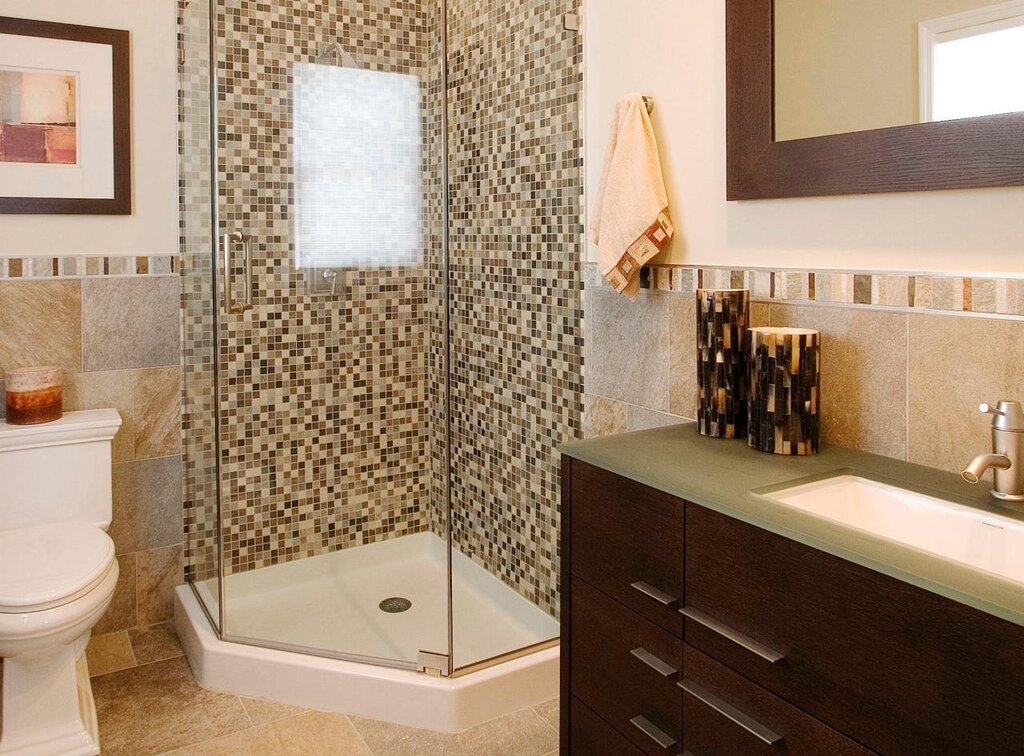The floor is a herringbone pattern in a modern interior 19 photos
The herringbone pattern, a timeless classic, has found its place in modern interior design, bringing a touch of elegance and sophistication to contemporary spaces. This distinctive arrangement, characterized by its zigzag formation, is reminiscent of the intricate bone structure of the herring fish, from which it derives its name. When utilized in flooring, the herringbone pattern creates a dynamic visual appeal, adding depth and movement to any room. In modern interiors, the herringbone pattern acts as a bridge between traditional craftsmanship and contemporary aesthetics. It complements a variety of materials, from rich hardwoods to sleek tiles, allowing for versatility in design choices. The pattern's geometric precision lends itself well to minimalist spaces, adding interest without overwhelming the eye. Its adaptability means it can seamlessly fit into diverse styles, from Scandinavian simplicity to industrial chic. Beyond its visual appeal, the herringbone pattern enhances the perception of space, making rooms feel larger and more open. It invites a sense of continuity and flow, drawing the eye across the floor and encouraging exploration of the surrounding space. As such, incorporating a herringbone pattern in modern interiors is not merely a design choice but an invitation to experience the harmony of form and function.

































